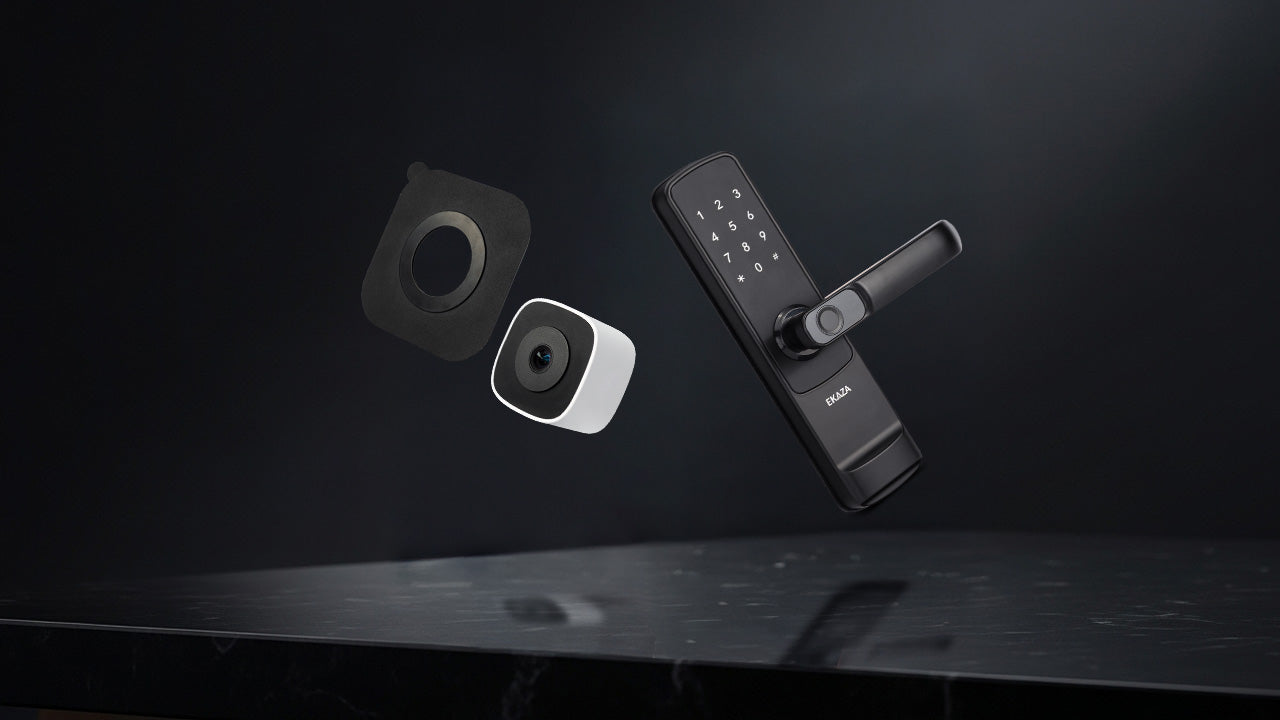Wi-Fi and ZigBee are two essential wireless networking technologies for communicating with and controlling devices in a smart home. To decide which one to choose for your home, you need to consider the advantages and disadvantages of each. While Wi-Fi offers high-speed, high-bandwidth connectivity for a variety of devices, ZigBee stands out for its energy efficiency and ability to network low-power devices, such as sensors and automation devices.
What is Wi-Fi?
Wi-Fi is a wireless networking technology that allows devices to connect to the internet and to each other on a local network. It is based on IEEE.802.11 standards, with bandwidth ranging from 32 Mb/s to 9 Gb/s. Wi-Fi routers are the heart of this technology. They emit radio signals that Wi-Fi-equipped devices can pick up. These devices connect to the routers to access the internet or communicate with each other on the local network.
/i.s3.glbimg.com/v1/AUTH_08fbf48bc0524877943fe86e43087e7a/internal_photos/bs/2021/X/F/fDBnArSn2bqe1EWCv2FA/thumbnail-7896904693393-5-.jpeg)
What is ZigbBee?
ZigBee is a wireless communication standard designed for low-power, low-data-rate devices, ideal for home and industrial automation applications, and monitoring sensors. This technology was created to offer an efficient way to connect devices in short-range networks. Based on IEEE 802.15.4, ZigBee operates in the 2.4 GHz frequency band and uses a low-power communication protocol. The technology enables the creation of mesh networks, where devices communicate with each other and route data through communication nodes.
/s.glbimg.com/po/tt2/f/original/2015/07/16/1234454_226797890809675_331334072_n.jpg)
Benefits of Wi-Fi for Smart Home
1. Availability
While ZigBee is an IoT protocol gaining some popularity, Wi-Fi is a more widely adopted technology in homes, businesses, and public spaces. This increased demand means that most modern electronic devices are equipped with Wi-Fi as standard. By opting for it, users can easily integrate existing devices into a home network.
2. Cost
The widespread adoption of Wi-Fi means that a wide variety of devices are manufactured with Wi-Fi support out of the box, which can result in more intense competition among manufacturers and, eventually, more affordable prices for consumers. Furthermore, due to this large scale of production and demand, Wi-Fi devices can be manufactured at a relatively low cost.
3. Device Integration
For better device integration, it's essential that they operate on the same communication technology. In this scenario, Wi-Fi has an advantage over Zigbee, as it's supported by a wider range of devices, from smartphones and laptops to smart home appliances and security systems. As mentioned, this is due to greater market demand for this protocol.
4. Signal range and quality
Long-range Wi-Fi signals can cover distances of up to 100 meters. On the other hand, most ZigBee devices work best over short distances due to the physics of shortwaves. Wi-Fi is designed to offer higher speeds, providing significantly more bandwidth, enabling internet connections ranging from 32 Mb/s to 9 Gb/s.
Benefits of ZigBee for Smart Home
1. Lower energy consumption
ZigBee devices can enter a low-power state (Sleep mode) when not actively transmitting or receiving data. They periodically turn on to send or receive information, minimizing power consumption during inactive periods. This is because the technology was designed for short-distance communications, resulting in less power consumed during data transmission compared to technologies designed for longer distances.
2. Expanding the reach
ZigBee enables the formation of mesh networks, where each device can act as a repeater, extending the network's range by forwarding data between devices. This helps overcome obstacles and increase coverage in large or interfering environments. Additionally, you can use a ZigBee hub gateway to connect over 65,000 devices, far exceeding the availability of Wi-Fi.
3. Backward and forward compatibility
The different layers of the ZigBee protocol are designed to maintain backward compatibility. For example, newer ZigBee devices equipped with version 3.0.1 may be able to communicate with older hubs or devices, even if these older devices don't support all the features of the newer versions.
4. Reduction of failures
One of ZigBee's main advantages is its ability to form mesh networks. This means that ZigBee devices can communicate with each other, routing data through multiple possible paths. If a path is blocked or a device is out of range, data can be routed through other devices in the network, reducing the chance of communication failure. This way, a damaged node doesn't interfere with the network as a whole.
Wi-Fi or Zigbee? Which is better for a smart home?
Choosing between Wi-Fi and ZigBee for a smart home depends on your specific needs: Wi-Fi offers high speeds, broad compatibility, and internet integration, but consumes more power and can be subject to interference. ZigBee, on the other hand, stands out for its energy efficiency, mesh networks, and lower likelihood of interference, making it more suitable for low-power devices and home automation. A strategic combination of both technologies can be ideal, leveraging Wi-Fi's high bandwidth and ZigBee's energy efficiency for different devices and needs in the smart home.






Which Smart Home Solution is Superior: Wi-Fi, Zigbee, or Cables?